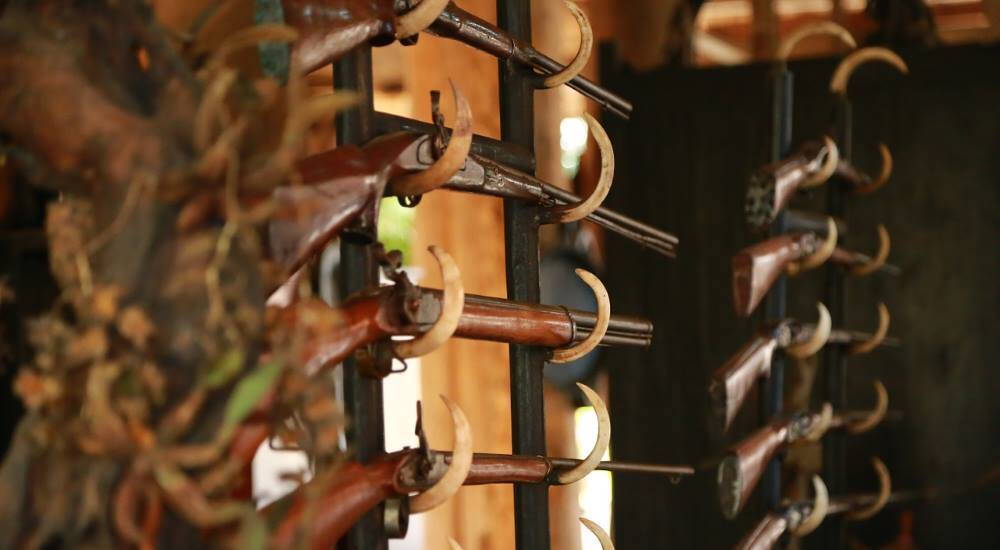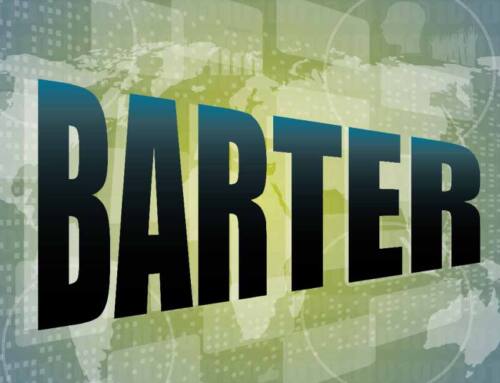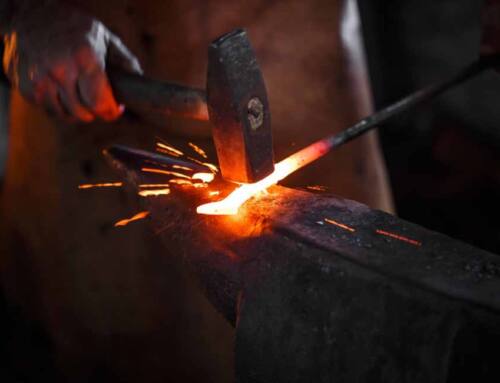Hunters are definitely the kind of people who will put a hunting knife to use, and it goes without saying that they need a good one.
The issue is: which one to pick?
The good news is there are a variety of knives to choose from, all of which have their advantages. The first thing you will want to do is establish a budget. Cost for blades can run anywhere from $50 to more than $1,000. You have to decide how much you are willing to put into getting a blade. Just remember, you don’t want your knife to fail you in the most critical of times, so budget wisely.
Choosing a Hunting Knife: Folder vs. Fixed Blade
Once you’ve set your budget, here are some of your options. They fall within two large categories: fixed or folding blades.
Fixed Blade Hunting Knife
A fixed blade is often the first choice of hunters. It’s durable, strong, versatile and also easy to keep clean. With a lot of the rugged work that comes with being a hunter, you want dependability. That means your knife must be able to handle skinning and gutting game, including the ability to cut through bone and cartilage.
Keep in mind that bigger doesn’t always mean better. Depending on the type of animal you hunt, you might consider a smaller, but strong knife. Usually a four-inch knife can handle most of your needs (unless you are a big game hunter).
An example of fixed blade knife that can be used for hunting is the BLISS Black from Krudo Knives.
Generally speaking, there are three kinds of fixed blades to consider.
- A full tang design features a handle and a blade that are made of one continuous piece of steel. Used correctly, this gives you a very strong, durable blade.
- Consider the type of material used in the blade. Both carbon and stainless steel – the two typical choices – can make for a good blade, but there are advantages and disadvantages to both. Carbon, while cheaper, is more prone to rust. Stainless steel is often more expensive.
- If you select a carbon blade, or a carbon steel combination, you can prevent rust by using oil or a silicon wax.
- Make sure to test the handle, which needs to be a comfortable fit for your hand. Remember you need a knife that works well in the rain or high humidity – stay clear of handles that become slippery when wet. The best choice may be a synthetic fiber for the handle.
Folding Knives for Hunting
For most game, a folding knife can serve you well. A lock-back knife will generally provide the strength you need, as they come with a better gripping handle and a stronger blade.
This is not an area where you want to “go cheaper.” Folding knives that cost less are generally not built to handle the rigors of hunting or to last that long, according to Survivopedia.
Examples of quality folding knives that can be used in hunting include the KRONA Folder and the new VICE Folder.
If you choose wisely, a good hunting knife can last a lifetime. But it requires dedication from you in terms of keeping it cleaned and sharpened.







Hey, Krudo Khronicles, I read your article. You have written in the last paragraph”If you choo”If you choose wisely, a good hunting knife can last a lifetime. But it requires dedication from you in terms of keeping it cleaned and sharpened”. What kind of technique should we take to choose a lifetime lasting knife? Thank you for your useful article.
The word “lifetime” is used metaphorically in this case, because “lifetime lasting” depends on what type of use and care is giving to your choice of knife.
Choosing your knife/tool as a daily carry (I.e. opening boxes, cutting rope, used for eating, etc.) or as a workhorse tool (I.e. chopping small or large branches, digging, outdoor camping heavy usage) also must be taken into consideration. Therefore, the choice will depend on the individual’s preference and the use on of that tool. Factors that can influence one’s choice: Cost may be a major component of choosing the knife. After cost has been determined one can start adding the following criteria below. Overall weight, overall length, fixed blade or folder, thickness of blade, blade length, blade serrations or plain or combination of both edges, intended purpose of knife, steel preference if any, main bevel grind, fit and consort based on individual hand size, carry style (belt, pocket, molly set up, etc.), handle material. Once you have determined cost and what will be best for you, choosing from above, the last part is maintenance. You can have the ideal knife or knives, but if they are not cleaned and maintained the life span of your knife can be shortened. Also, using your knife beyond its manufactured capable boundaries will also shorten the life span of your knife.